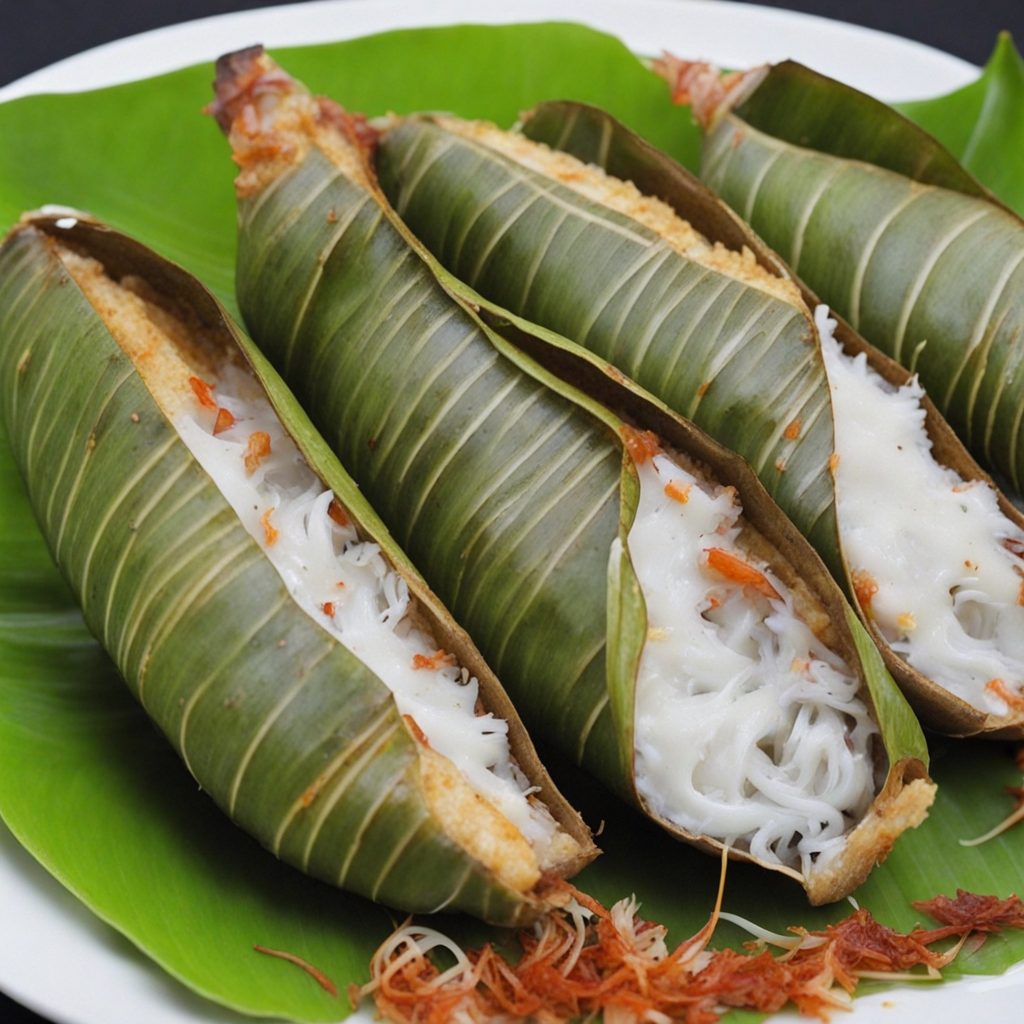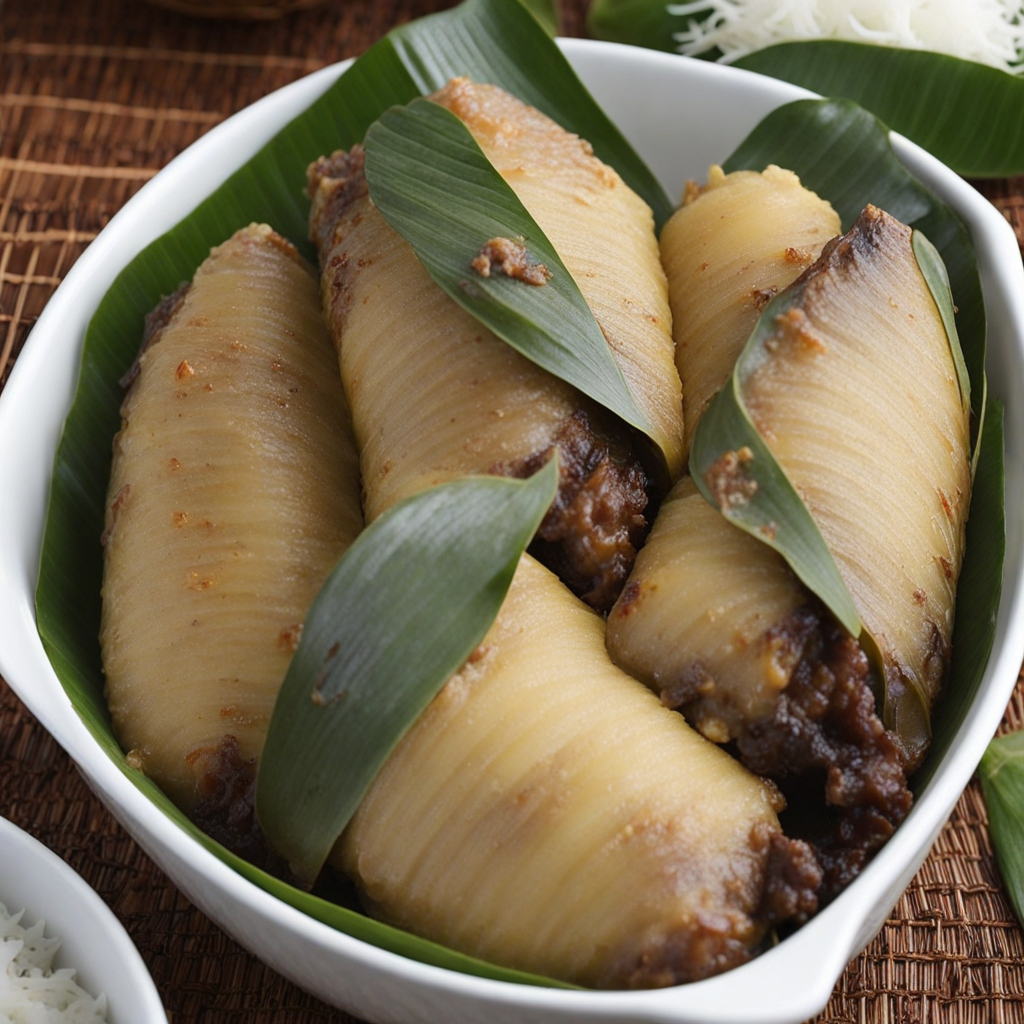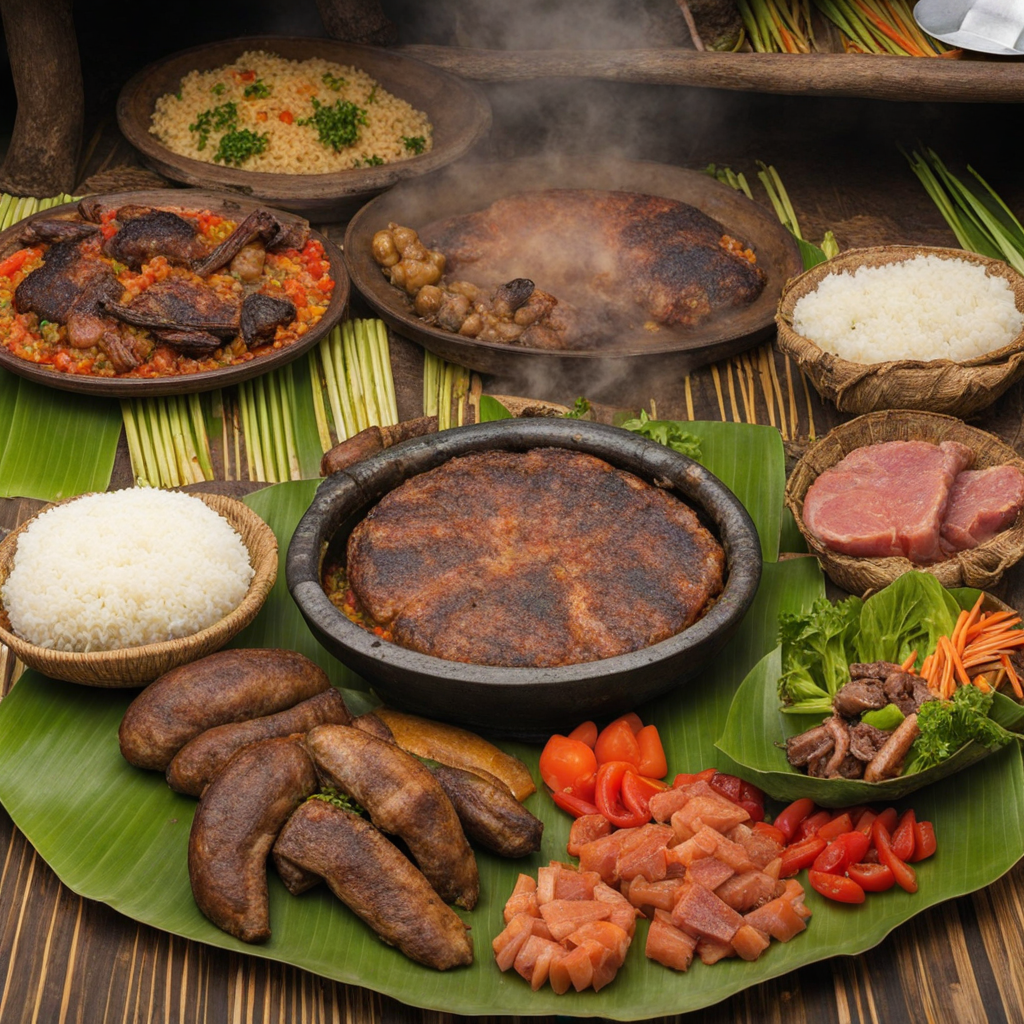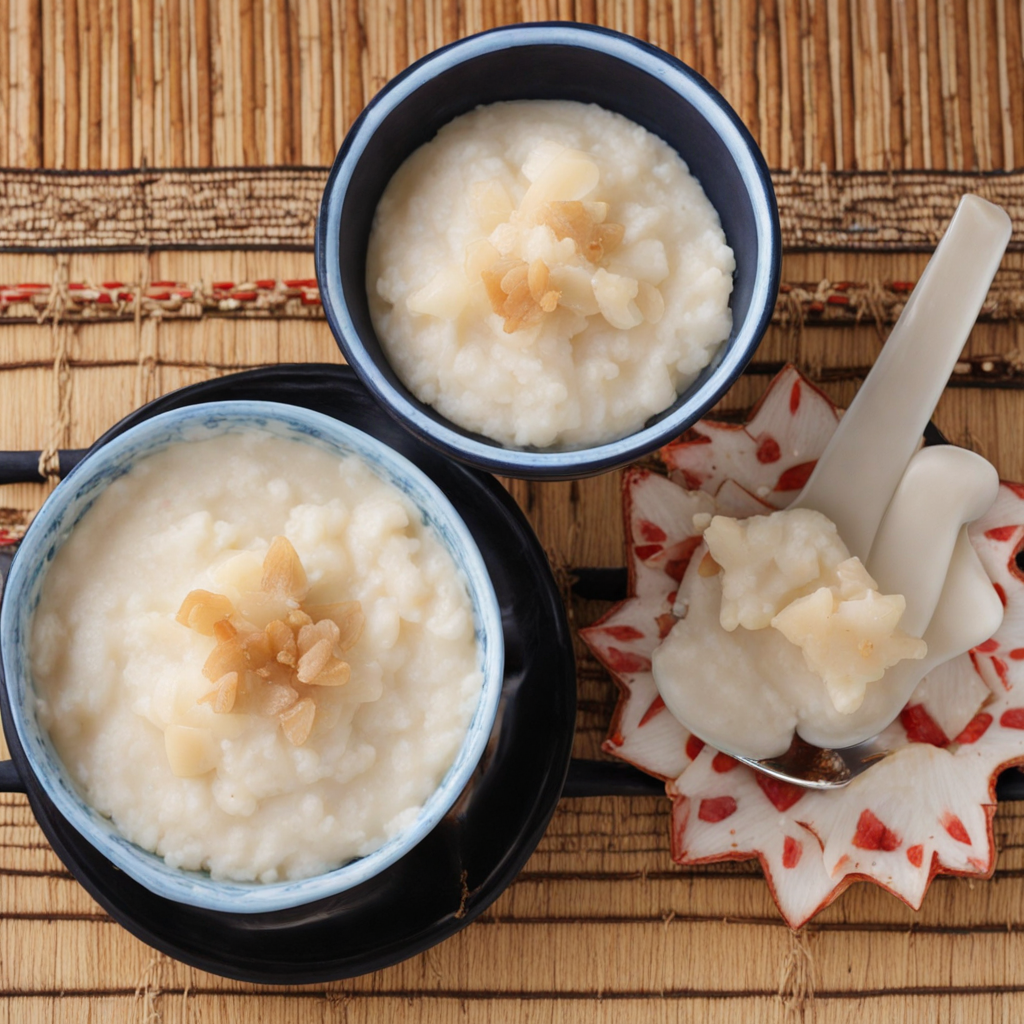Palusami
Palusami is a traditional Samoan dish that showcases the island's culinary heritage with its rich and unique flavors. At its core, Palusami consists of taro leaves, which are a staple in Samoan cuisine, wrapped around a savory filling made primarily from coconut cream and often enhanced with onions, meat, or fish. The taro leaves are tender and slightly earthy, providing a perfect balance to the creamy, luscious filling that melts in your mouth. The combination of these ingredients creates a dish that is both comforting and indulgent, making it a popular choice for gatherings and feasts. The preparation of Palusami is an art in itself, often involving layers of flavor that develop during cooking. The wrapped parcels of taro leaves are typically baked in an underground oven known as an “umu,” which imparts a smoky aroma and depth to the dish. This traditional cooking method not only enhances the flavors but also retains the moisture within the leaves, creating a delightful texture that is both soft and hearty. The dish can be enjoyed on its own or served alongside rice, showcasing the versatility of Samoan cuisine. When you take a bite of Palusami, you’ll experience a delightful medley of textures and flavors—the creaminess of the coconut, the slight bitterness of the taro leaves, and any added ingredients that may include the saltiness of fish or the richness of meat. This harmonious blend makes Palusami a true representation of Samoan culture, where fresh, local ingredients come together to create something truly special. Whether you are seeking a new culinary adventure or a taste of the Pacific Islands, Palusami is sure to leave a lasting impression on your palate.
How It Became This Dish
The History of Palusami: A Culinary Treasure of Samoa Origin and Ingredients Palusami is a traditional Samoan dish that exemplifies the rich culinary heritage of the islands, often celebrated for its unique flavors and cultural significance. The dish primarily consists of taro leaves, which are a staple in Samoan cooking, and coconut cream, creating a delightful blend of textures and tastes. Taro, a root vegetable that has been cultivated in the Pacific for thousands of years, is deeply embedded in the agricultural practices and dietary habits of Polynesian societies. The origins of Palusami can be traced back to the early Polynesian settlers who arrived in Samoa around 3,000 years ago. These seafaring communities brought with them a wealth of agricultural knowledge, including the cultivation of taro, which thrived in the volcanic soil and tropical climate of the islands. Taro was not just a food source; it held spiritual significance as well, often associated with fertility and sustenance. Coconut, another vital ingredient in Palusami, was similarly revered. It provided food, drink, and materials for shelter and tools, making it an indispensable part of daily life in Samoa. Cultural Significance Palusami is more than just a dish; it is a symbol of Samoan identity and culture. Traditionally, it is prepared for special occasions, feasts, and communal gatherings, embodying the spirit of 'fa'a Samoa,' or the Samoan way of life. This concept emphasizes family, community, and respect for one another, which is reflected in the way food is shared and enjoyed. The preparation of Palusami often involves a communal effort, with family members gathering to help wash, prepare, and cook the taro leaves and coconut cream. This act of coming together strengthens social bonds and fosters a sense of belonging. During cultural festivals and celebrations, the dish serves as a reminder of the islanders' connection to their land and ancestors. It is often featured in 'umu' (traditional earth oven) feasts, where various dishes are cooked together, creating a communal atmosphere that celebrates Samoan heritage. Palusami is also significant in Samoan mythology and customs. It is often associated with the goddess of fertility, and its preparation is sometimes accompanied by rituals and blessings. The dish exemplifies the deep respect Samoans have for nature and the resources it provides, highlighting the spiritual connection to the land and the importance of sustainable practices. Development Over Time As Samoa has evolved, so too has the preparation and presentation of Palusami. Originally, it was cooked in an underground oven, a method that imparted a unique smoky flavor and tender texture to the dish. Over time, as modern cooking methods became more prevalent, many families began to adapt the recipe, using ovens and stovetops while still retaining the essence of the traditional preparation. With the influx of Western influences in the late 19th and early 20th centuries, Palusami began to incorporate new ingredients. Variations emerged, including the addition of meat—often corned beef or fish—transforming the dish into a heartier meal. This adaptability reflects the resilience of Samoan cuisine, which embraces change while honoring its roots. Corned beef palusami, for example, has become popular among younger generations and is often served at festive gatherings, showcasing the blending of traditional and contemporary culinary practices. In the 21st century, Palusami has garnered attention beyond the shores of Samoa, as the global interest in Polynesian cuisine continues to rise. Chefs and food enthusiasts around the world are rediscovering the dish, experimenting with its flavors, and presenting it in new ways. This has led to a greater appreciation for Samoan culture and cuisine, as more people seek to understand the stories behind the food they consume. Conclusion Palusami stands as a testament to the enduring legacy of Samoa’s culinary traditions. From its humble origins as a simple dish made from readily available ingredients to its current status as a beloved symbol of Samoan culture, Palusami encapsulates the essence of the islands. It embodies the values of community, respect for the land, and the celebration of life’s milestones. As the world continues to globalize and culinary practices evolve, Palusami serves as a reminder of the importance of heritage and the stories that food can tell. Whether enjoyed at a family gathering or featured in a contemporary restaurant, Palusami remains a cherished dish that connects generations and honors the rich tapestry of Samoan culture. In every bite, one can taste the history, tradition, and love that has gone into this remarkable dish, ensuring that Palusami will continue to be a vital part of Samoa's gastronomic identity for years to come.
You may like
Discover local flavors from Samoa







